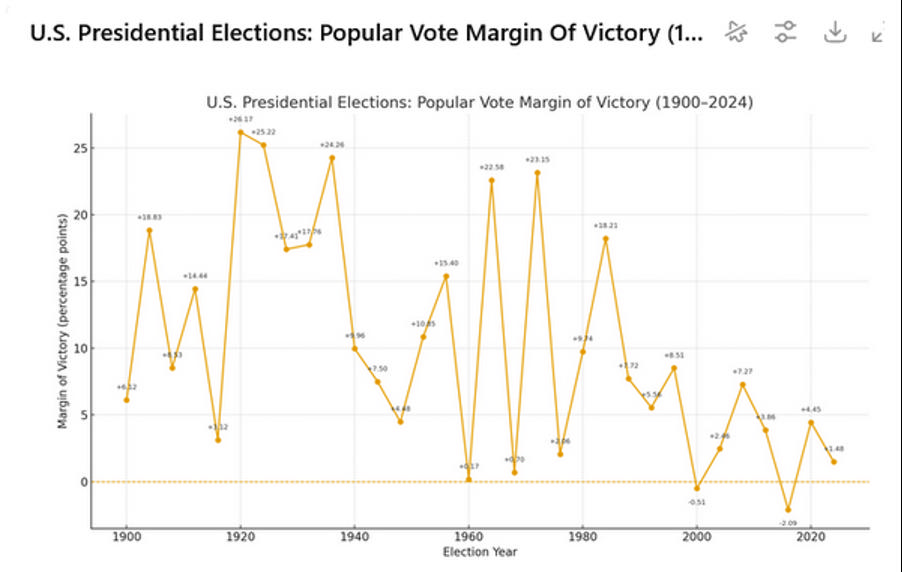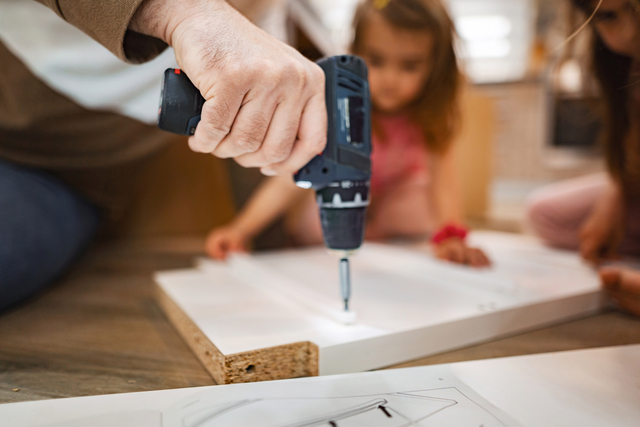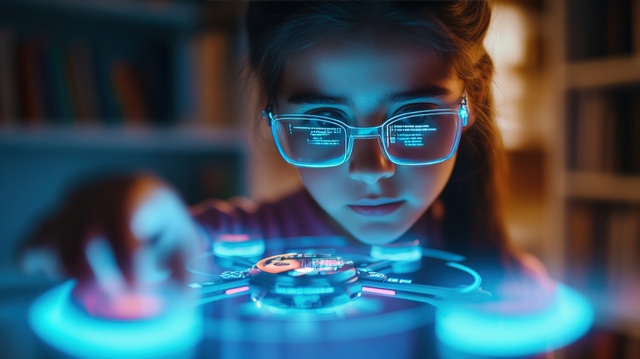From Algorithms to A+ Grades: The Revolution of AI in Education
How AI is Transforming Education
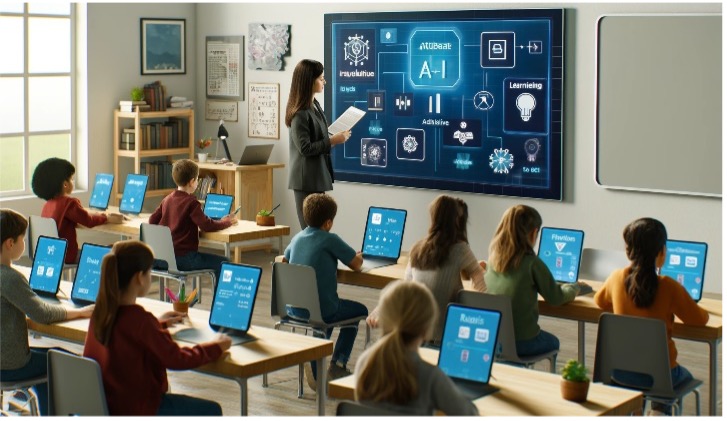
This article is the second in a series of articles that His Good News magazine will be publishing over the coming weeks designed to help readers understand how to think critically and biblically about Artificial Intelligence.
In our previous article for this series, we introduced AI and discussed what it was. As this series primarily was intended to discuss AI in education (that is my background), let’s explore the transformational impact that AI is having on education, both now and into the future and some real world examples.
AI applications have the ability to tailor our curricula to the needs of the students at hand. No longer do we have to take an approach as educators that we simply follow the textbook and the material given, AI’s such as ChatGPT can adapt this material to meet the needs of the individual student, in seconds, not hours or days (and my fellow educators, we understand you are overworked and don’t have the time). Also, applications such as cograder, AutoMark, and even ChatGPT will use teacher rubrics to find grammar mistakes, errors, and even suggest grades in not only multiple choice but even essay questions. Chatbots and learning programs such as Khanmigo provide individualized AI tutoring in subjects when such tutoring is otherwise hard to get for parents or teachers. Curriculum design software such as Eduplanet21 can assist a teacher in creating optimized learning content as well. I personally use ChatGPT to help streamline administrative tasks like scheduling, collating of data, helping draft administrative materials, and even analyzing enrollment information.
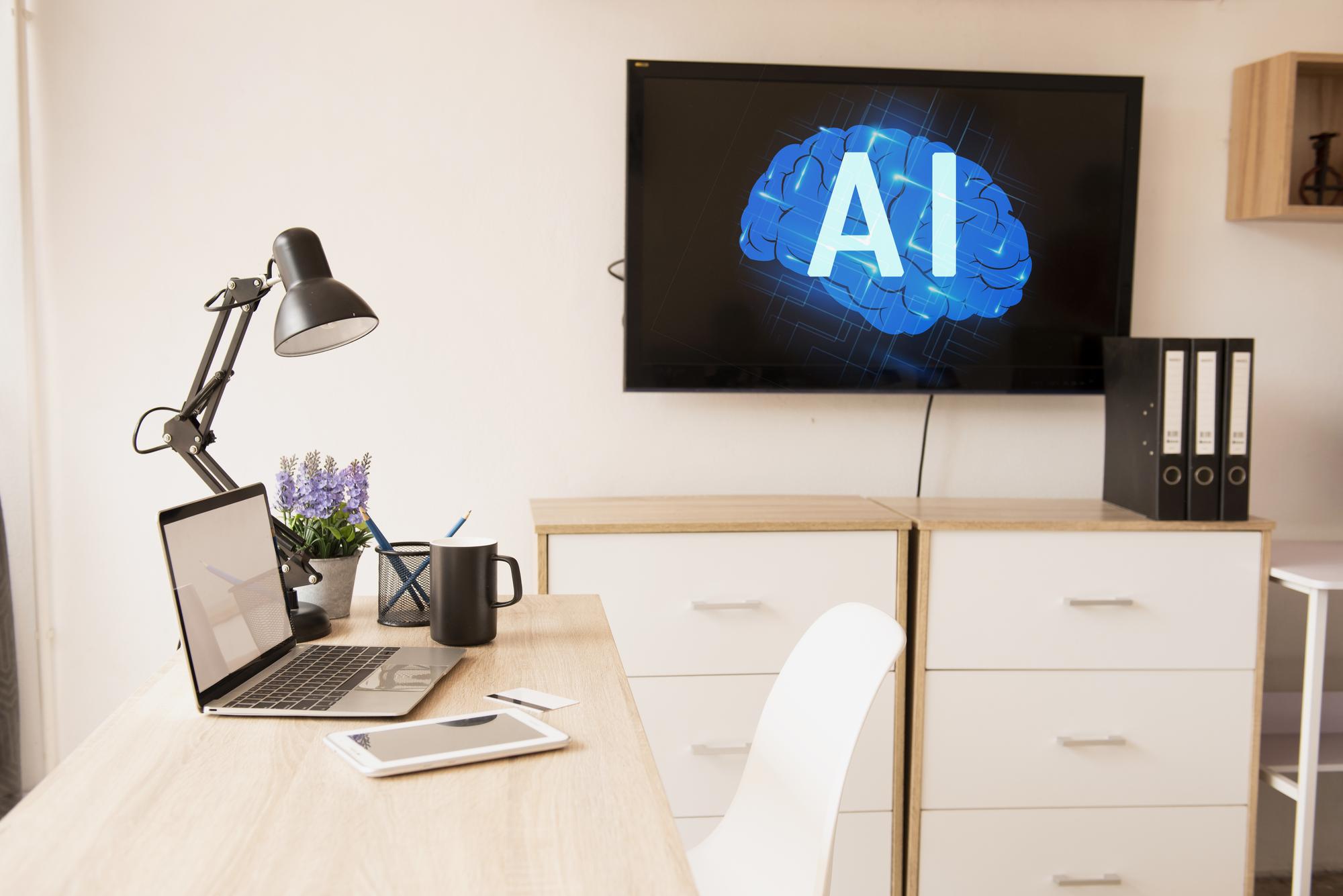
So, then, educational AIs exist, but, you may be asking, "What really are the benefits of integrating AI into our teaching and learning environments?" As previously discussed, AI allows us to address unique student needs and learning styles quickly and competently. Need a new quiz covering the same material? Feed the material into an AI and let it write you a new quiz. Need more problems than the book provides? Copy and paste the problems into the AI and ask it to write you ten more. Those ten were too easy? Ask it to make them harder and do it again. Tasks that manually took hours now can take seconds, freeing the teacher up for more useful or important projects. Furthermore, AI can help grade (particularly objective) assignments that before needed graded by hand, allowing the teacher to focus on helping the students instead of spending hours grading. If you have an ESL student that needs help, have AI translate the material into the student’s language (I have worked with this with a couple of students, and they assure me that it does a great job in Russian and Chinese). Finally, for classroom overview, let AI help you optimize your courses, providing you with insights derived from student data.
All of this sounds great, but it isn’t without its drawbacks and challenges. AI can be biased, and really needs to be watched to make sure that it doesn’t bleed out into it’s adapting or grading. I currently only use it for objective materials (I don’t have it grade my Bible papers, for example). There are some data privacy concerns, so it is best not to give it full names of any students. There is a cost to using the technology and while, for instance, ChatGPT 3.5 is free, 4.0 is so much better and can do so much more that it would be easy to blow out the budget pursuing grand AI goals. Also, if you go looking, many articles and studies point out that an over-reliance of technology in the classroom can lead to detrimental effects on students such as negative effects on social skills, diminished critical thinking and even diminished social skills.[1]
So you would like to look into how is it being used? Some cutting edge, real world, examples of current use in classrooms include Squirrel AI in China, an adaptive learning system that offers personalized courses for K-12 students. Squirrel AI continues to refine the program to better help students with an individualized curriculum adapted to their particular learning needs and may become the standard there. Carnegie Learning here in the USA has MATHia, an adaptive 1-on-1 math learning platform for grades 6-12. It uses AI-driven personalization to help students be ready for their end of the year exams that exist in many districts. Common Sense Education, the resource and rating website, rates it a 4 out of 5 stars and says it is “a great tool for supporting young mathematicians”[2]. A third example would be Querium, providing STEM tutoring for students in need of it. Querium uses the “StepWise” AI to not just give the answer to STEM problems but to walk the students through the process of getting the answer.[3] In June 2023, Querium received another grant from the US Department of Education Institute of Education Sciences (IES) to develop a new software product for StepWise. Teachers who wish to use AI support in class, and don’t have specialized programs also have AI’s like ChatGPT, which, while not specifically for education, can make tests and grade materials, suggest resources, help create lesson plans, and more.
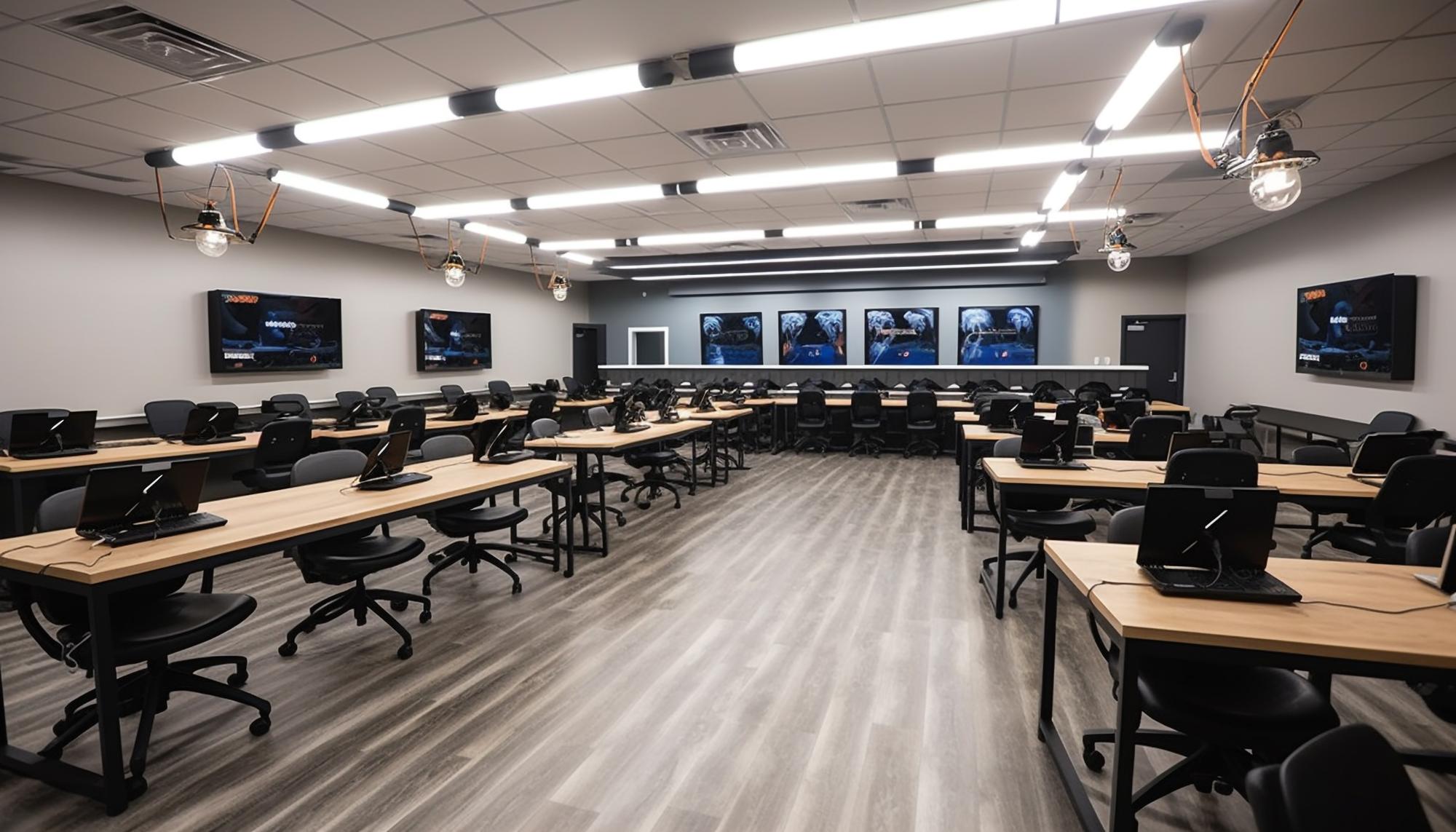
As you can see, AI has a growing foothold in the education space and can be beneficial to both student and teacher in a variety of ways. In the near future, expect to see more blended learning models, using a combination of AI-driven and human-led instruction in both traditional and more non-traditional classrooms. AI also expands access to quality education and tutoring, as in many places it may be impossible to find, for example, an available physics tutor, but a student can be assisted and even personally tutored by AI. AI expands the ability to provide lifelong learning and skill development as continuous education for the teacher can be facilitated by AI platforms. Finally, I also see the potential for collaborative AI-teacher partnerships empowering educators with AI assistance.
Truly, AI has only begun to have its effect on education despite it seeming to be everywhere. It has so many positive uses for both teacher and student that, as long as it is embraced responsibly and ethically, can revolutionize education for years to come. Empowering every teacher to help every student achieve their maximum potential educationally. Join us next time as we delve more deeply into the use of specific AI tools for personalized learning.
_____________________________________________________________________________________________________

Christopher Knotts
Originally hailing from Kalispell, Montana, Christopher Knotts’ career is marked by his roles as an Administrator at Morgantown Christian Academy and IT consultant and administrator for Faith Baptist Church. With a passion for education, he has dedicated years to teaching such classes as Chemistry and Computer Science. He couples this with his natural love for all things electronic, diving deep into many different technological topics such as AI and VR.








